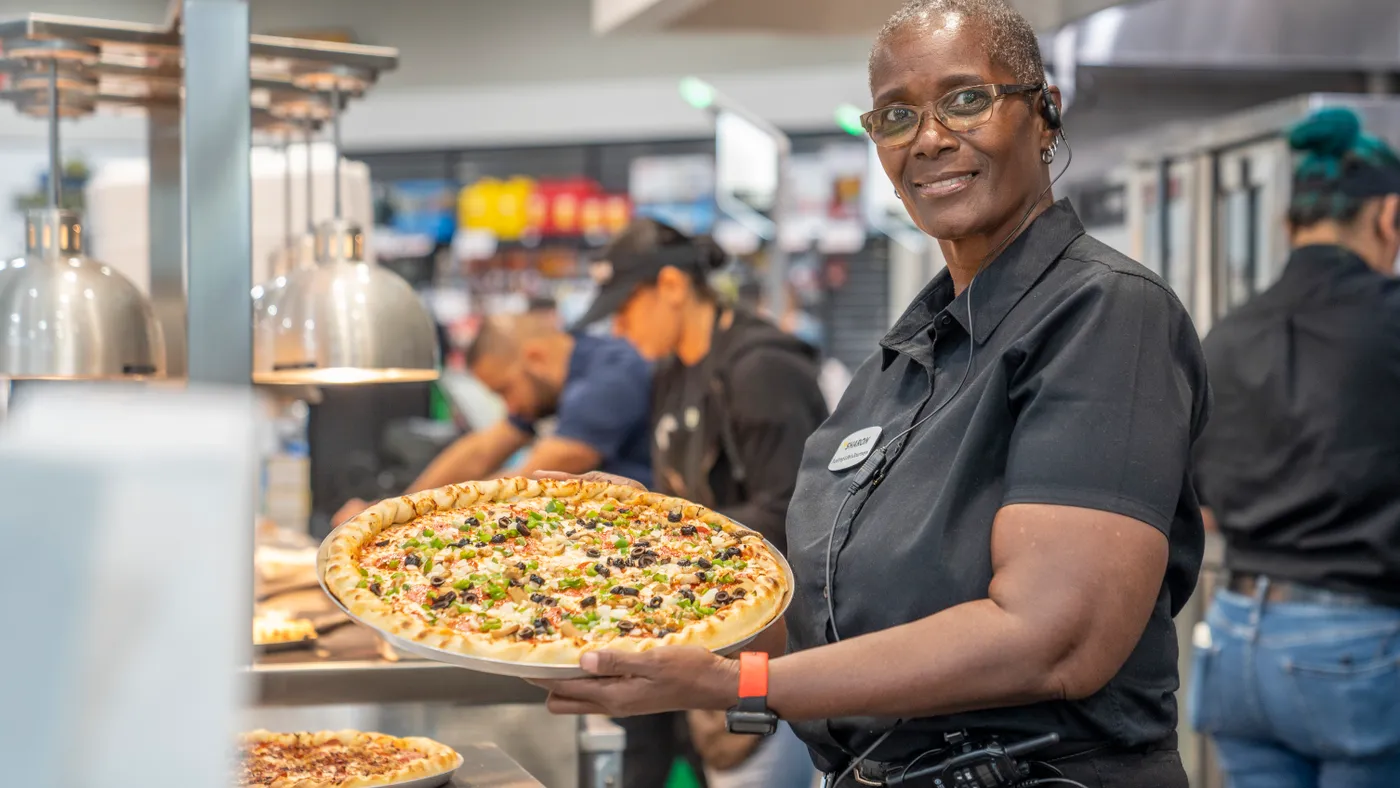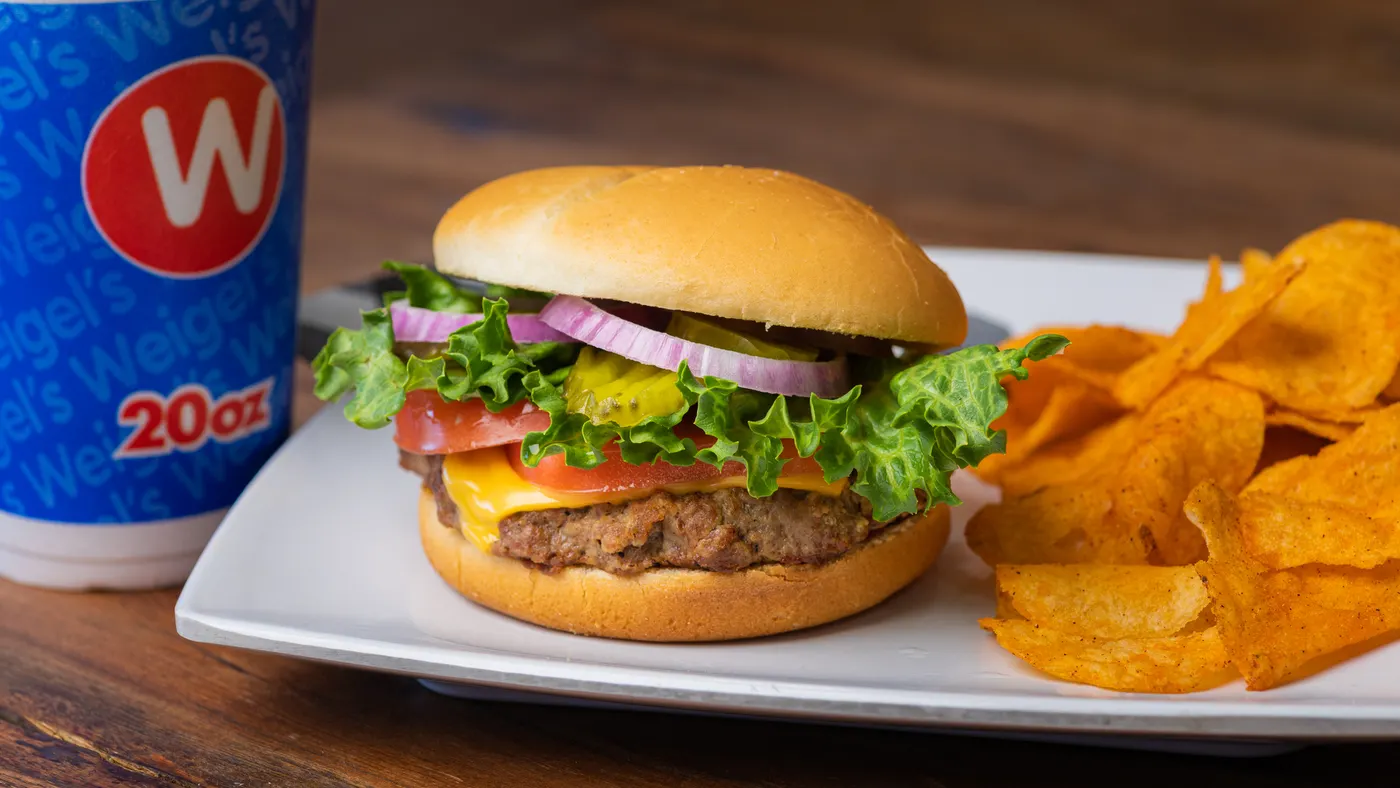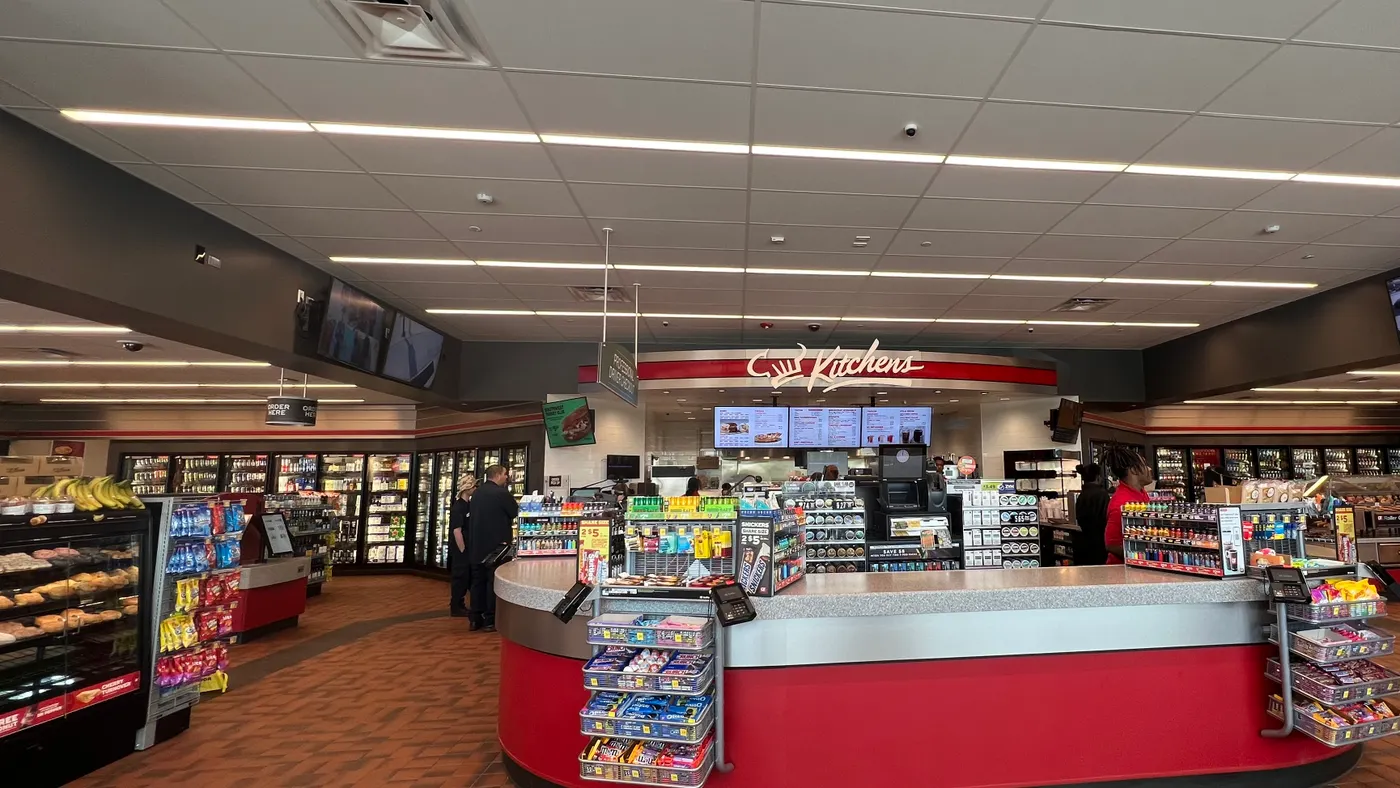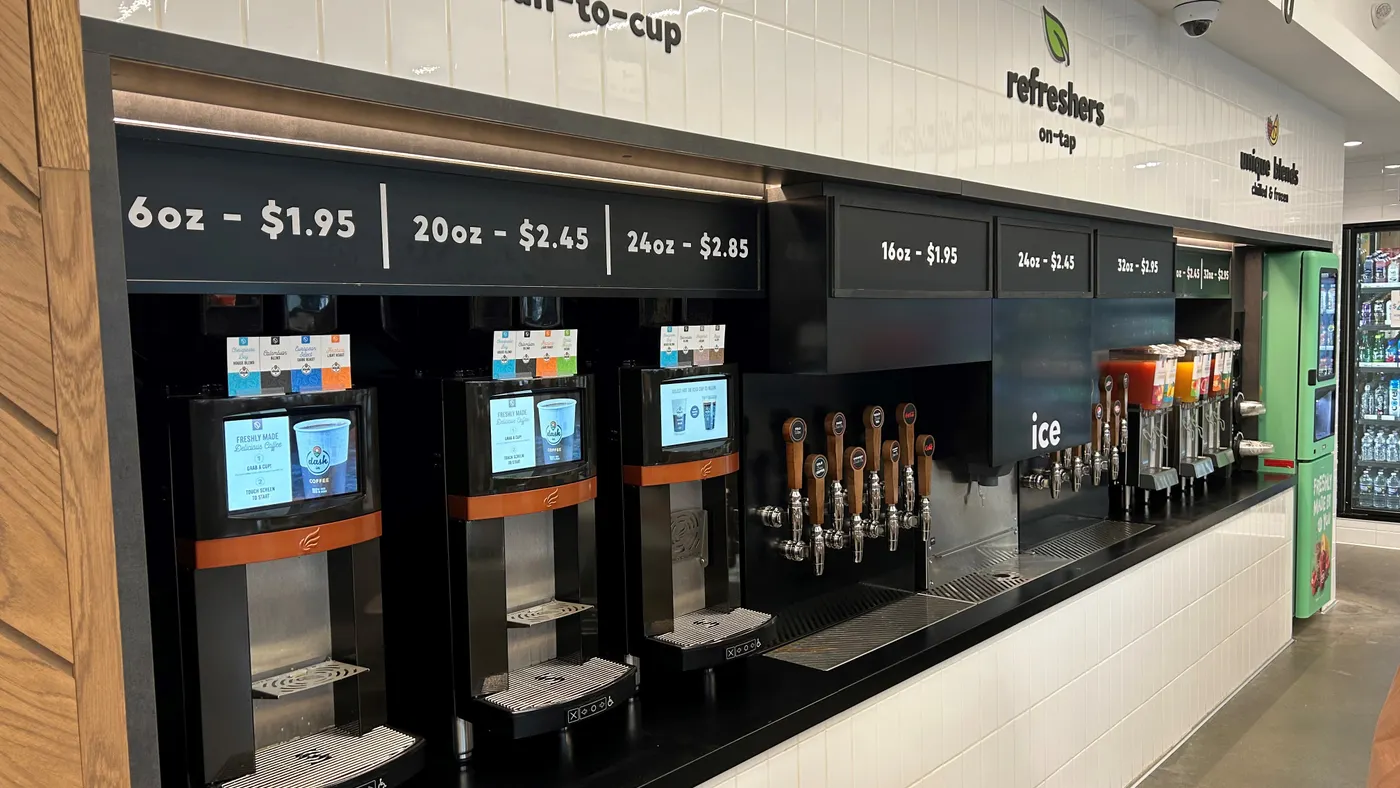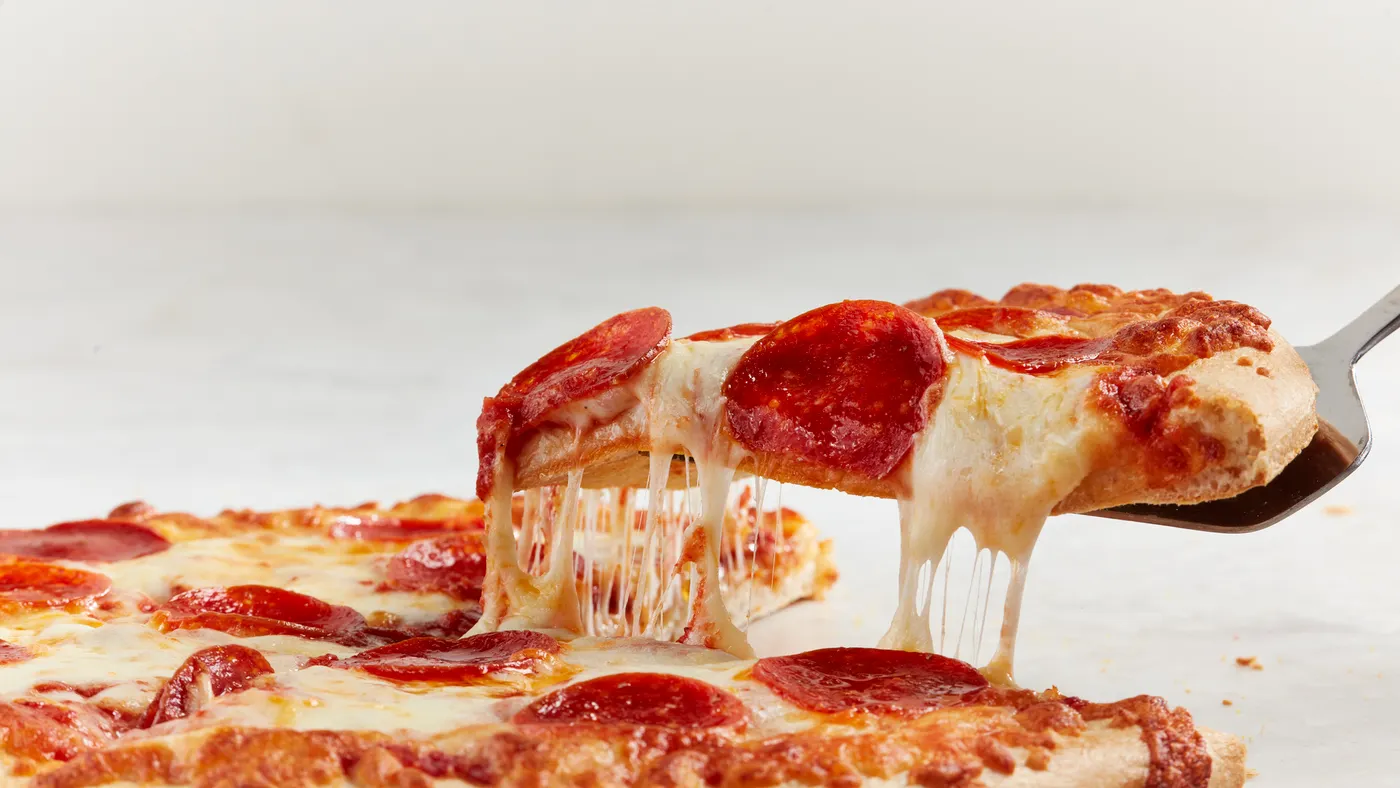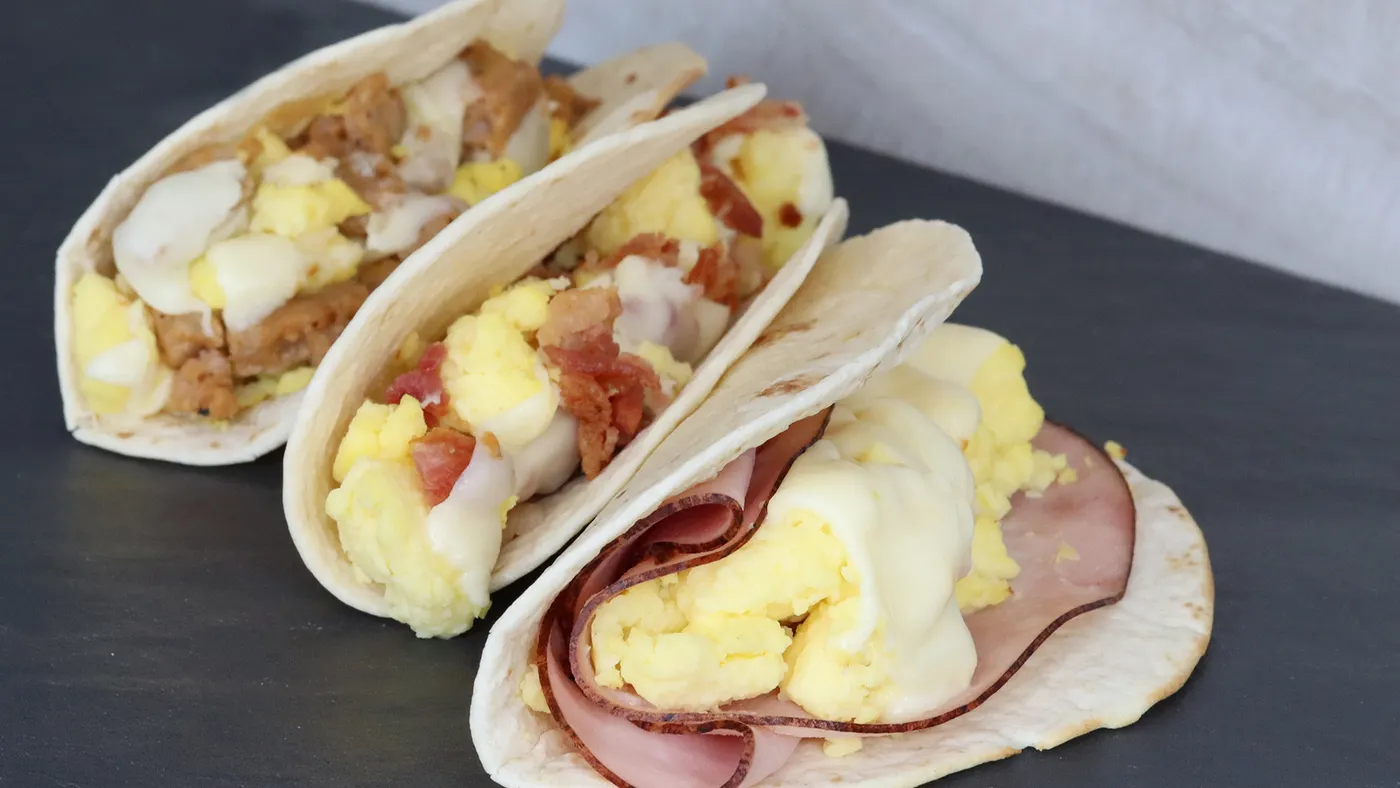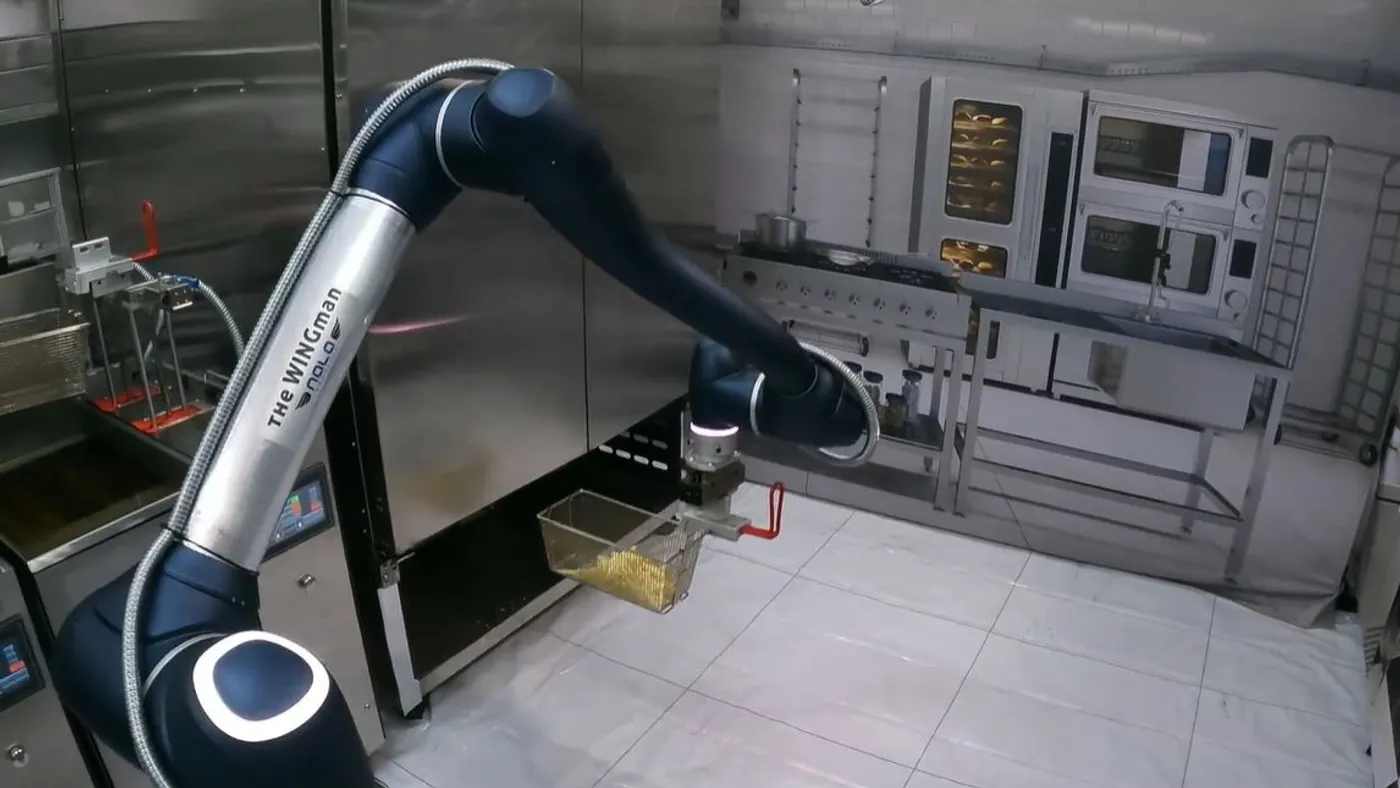
Fueling Up: To truly compete with restaurants, c-stores need to ‘break boundaries’
Fueling Up is a column from C-Store Dive offering a fresh perspective on the top news and trends in the convenience store industry.
Convenience stores have been trying to compete with fast-casual and quick-service restaurants for years. Retailers like Royal Farms and Casey’s General Stores have touted their fried chicken and pizza, respectively, as some of the best anyone can find, while Wawa and Kum & Go have said their made-to-order foodservice programs are built to compete with restaurants.
This past year, Rutter’s outlined its biggest expansion plan in company history with 50 new stores set to open by 2028. Among its stores’ features will be an abundance of in-store seating for dine-in customers. Meanwhile, Mississippi-based c-store retailer Sprint Mart opened its largest store to date last year that features a sit-down restaurant concept called Sadie’s Diner.
It’s clear that many retailers are prioritizing foodservice over traditional categories like fuel and tobacco, especially as the old-school c-store model of “cokes and smokes” fizzles out amid evolving consumer expectations.
But to really narrow the gap with restaurants — and potentially get ahead — retailers need to break the boundaries of what c-store foodservice can be, said Jonathan Raduns, CEO of food merchandising and retail consultancy Merchandise Food LLC.

By “boundaries,” Raduns refers to the standard foodservice models c-store retailers have leaned on for decades, such as repeatedly returning to the same distributors, manufacturers, turnkey food platforms and equipment that make a foodservice program “easy to executive at the c-store level.”
In other words, c-store retailers need to shake things up.
“I think [c-stores] need to get outside of that thinking, and possibly even pull in some outside expertise from people in the quick-service industry, like hiring someone who doesn't even think about foodservice the same way,” Raduns said.
Rethinking foodservice strategy
C-stores have several advantages over restaurants when it comes to foodservice, such as the ability to create fast trips and the broader array of beverages they offer, Raduns said.
However, the quality of c-store foodservice still trails fast casual and quick-service restaurants, mainly because of the aforementioned “boundaries” that many operators won’t breach, he said.
“I think the industry as a whole has yet to really deep dive with the amount of concept development, quality ingredients, freshness and visibility of food production,” he said. “I don't see a lot of those things happening in convenience.”
Building a foodservice leadership team of people who’ve worked outside the c-store space is a great place to start, Raduns said. This not only applies to corporate or executive chefs, but even category managers and in-store kitchen staff, he noted.
The latter can especially make a difference when the store is set up so customers enter a store and see food being cooked on the spot by experienced hands.
“Go into a Chipotle and see how many people during the peak times are preparing food — they’ve got an entire grill full of chicken,” he said.

Raduns also suggested retailers redesign their stores to properly allocate the space to place foodservice front and center, like Rutter’s did. This includes sharing details such as calorie counts or specific ingredients of items offered on the menu, whether through digital screens or other signage.
“They have to really think differently about everything from the store design to the equipment selection to the distributor selection to the ingredients and the expertise that they're hiring.”
Beyond tangible updates, rethinking what “fresh food development” actually means will also go a long way, Raduns said.
The definition of this term varies depending on the industry. For c-stores, it falls back to the “paradigm” retailers are in — thinking in terms of what distributors have available and the types of food manufacturers they’ve always worked with, rather than looking further afield, Raduns said.
“If you said ‘fresh food development’ in the QSR industry, what comes to mind is not going to be the same thing as someone in the convenience store industry,” he said.
Plain and simple: If c-store retailers are keen on competing with restaurants, they need to make foodservice the focal point of their operations — and think more like restaurants.
“You can't pull this stuff off without the proper dedication to it and resourcing it properly,” Raduns said

